
13th edition of Refashion Innovation Challenge
Refashion's Innovation Challenge is back for its 13th edition! Find out more about the call for R&D projects and how to apply!

Refashion's Innovation Challenge is back for its 13th edition! Find out more about the call for R&D projects and how to apply!
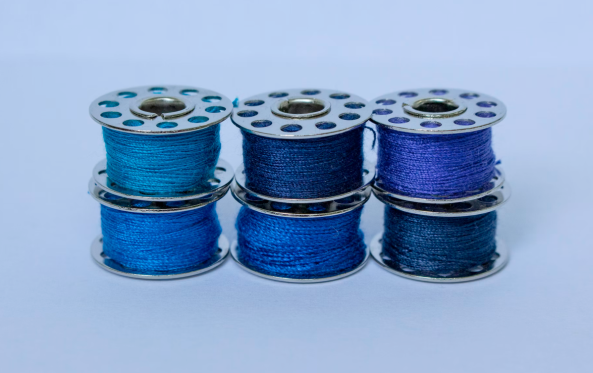
Pour la 2ème édition de son appel à projets annuel dédié au réemploi, Refashion soutient 35 projets en France métropolitaine et à La Réunion.|Pour la 2ème édition de son appel à projets annuel dédié au réemploi, Refashion soutient 35 projets en France métropolitaine et à La Réunion.
Project developers : Product development / Design Partners: Recyclers / Sorting operators
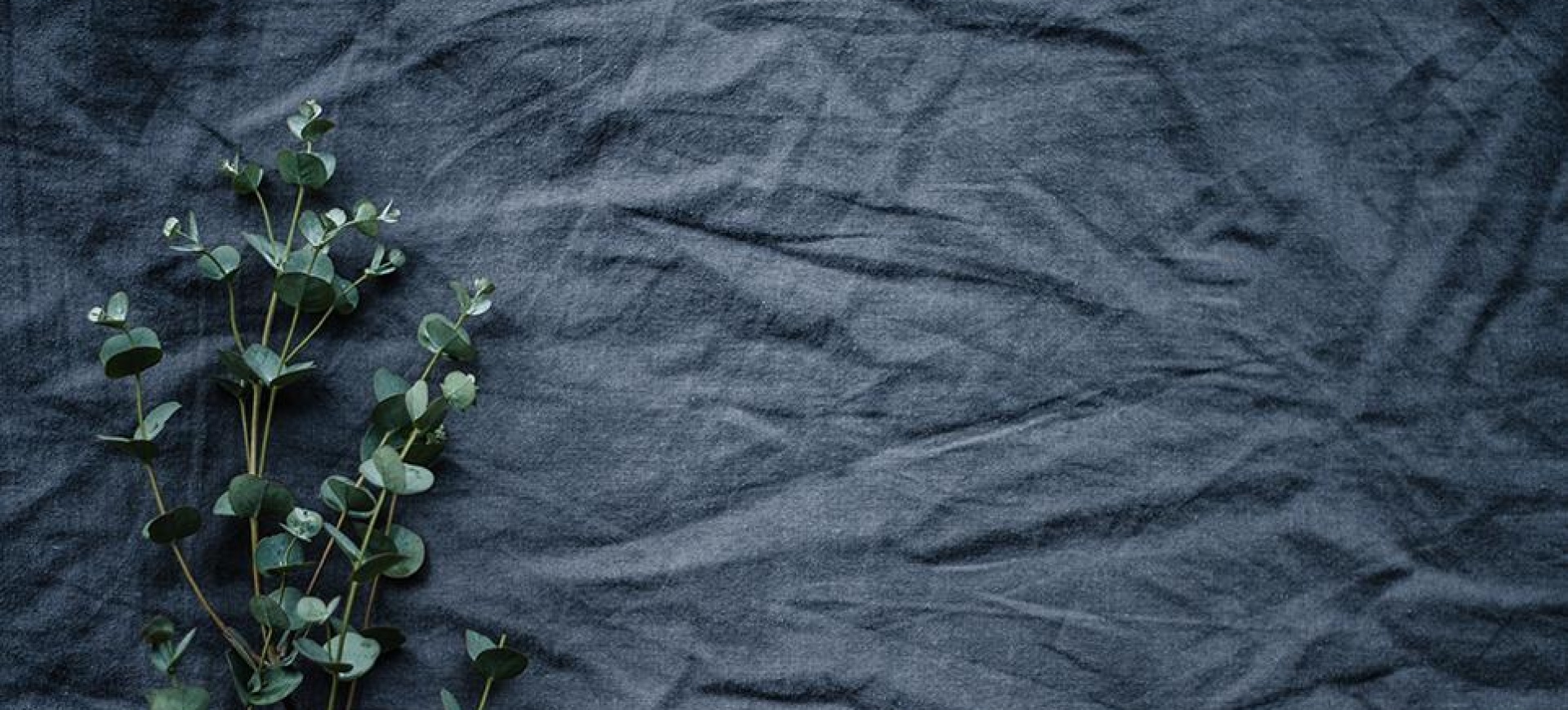
The end-of-life of clothing textiles and household linen is composed of several stages: the products are firstly collected, then sorted before being sent for reuse or recycling (cutting, tearing, garnetting or shredding).
In order to optimise this recycling stage, in other words obtain a maximum of material using a single recycling process, it is essential to anticipate this stage at the time of design.
In effect, numerous elements can influence / disrupt product recycling.
Conversely, encouraging elements which facilitate recycling at the time of design will enable the end-of-life stage to be simplified.
Care must be taken to ensure that actions to improve a product's recyclability do not undermine its physical durability or function as a product.
Complexity of implementation
Estimated economic gain
Human means
Implementation timeframes
Try it! : Follow the sheet step by step and have a go!
Make designers aware of eco-design and present them with eco-design recommendations (See Sheet: Try it!: Training my personnel in the stakes of eco-design).
This stage is key to the success of the initiative; It's the designers who chose the materials and accessories the products are made from and it is essential that they integrate the environmental aspect in their decisions along with other criteria (price, design, quality).
Based on the product sheet, list all of the components: main material, lining, accessories (buttons, zips, drawstring...). Question the function of each component and apply the recommendations set out in detail in the next stages (See Tool 1 p.34).
When designing the collection, prefer products made from single component materials (100% cotton for example) or from a maximum of two components (cotton and polyester).
Choose a monochrome article or one in the same shades.
Limit the use of elastane (5% maximum). In effect, the presence of elastane disrupts recycling as it provokes mechanical problems.
Limit the use of metallized thread.
Limit finishes. Focus on functional aspect as opposed to aesthetic aspect.
In effect, they are likely to damage recycling tools, create impurities in finished products (carbonisation) and provoke qualitative losses.
Limit hard points and accessories (slide fastener, button, hook, eyelet, …) and / or try to regroup them in the same place (See Sheet: Try it!: Reducing product sorting disruptors).
For clothing made from synthetic fibres, homogenise the composition of supplies / accessories with those of the article. For example, for a shirt made from polyester, chose a polyester sewing thread, polyester buttons, a label made from polyester …
In order to facilitate the work of sorting operators, ensure that the composition listed on the label is exact and precise. Consider printing the composition on the item of clothing to enable it to be identified even if the label is cut out.
During the end of season review, promote the eco-designed products having performed well commercially in order to take inspiration from them for future collections.
Designers must be made aware to enable them to make the right choices in terms of materials and accessories.
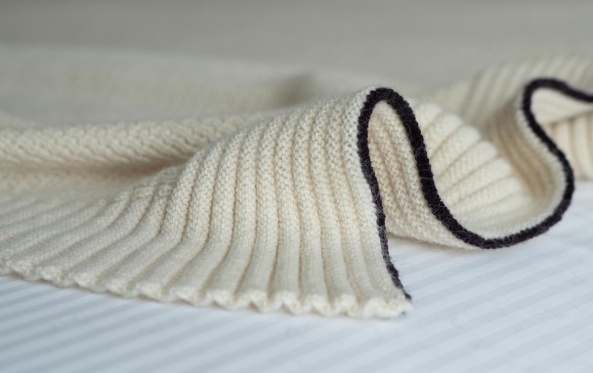
Learn more about the creation of the Plaid Merveilleux from Maison de la Maille
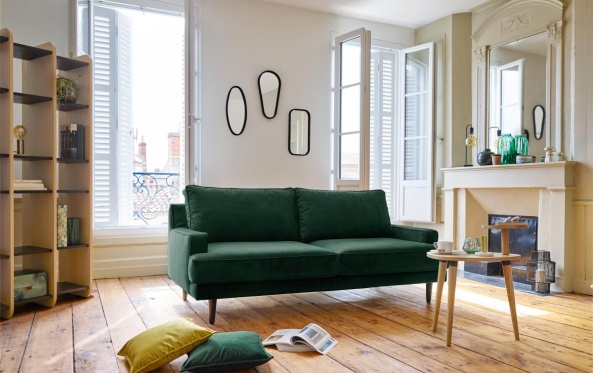
More local, more sustainable circular production
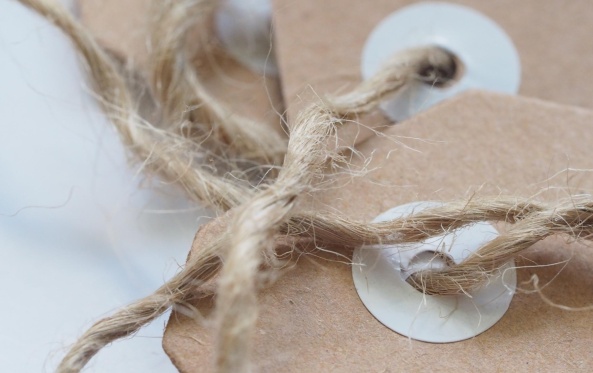
Helping consumers compare products